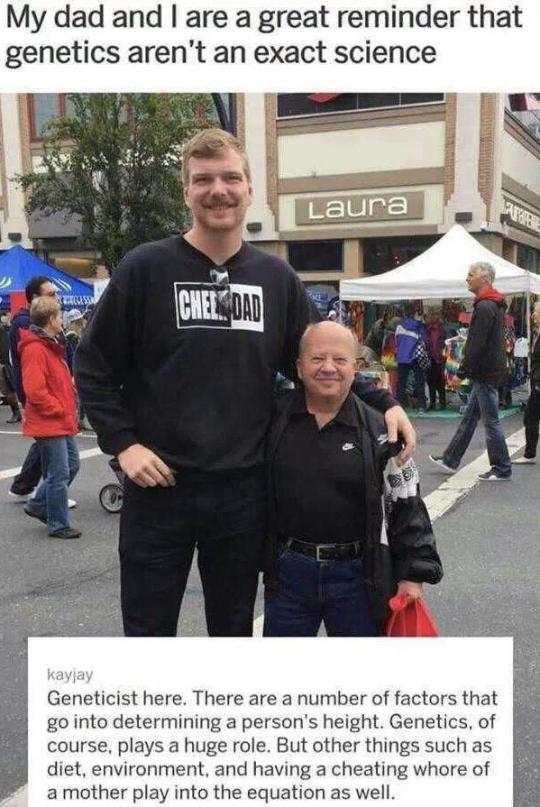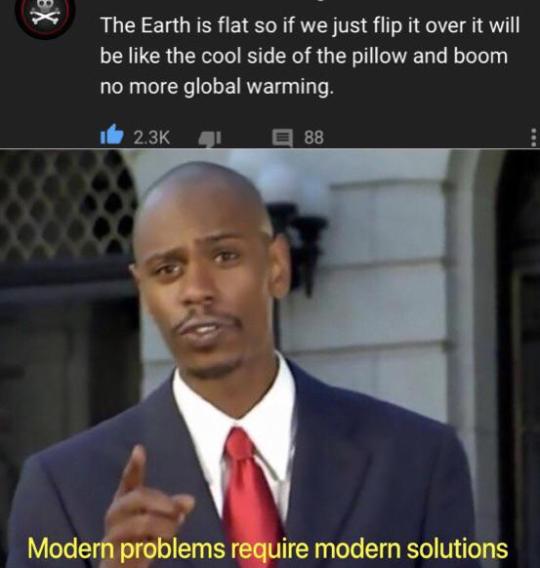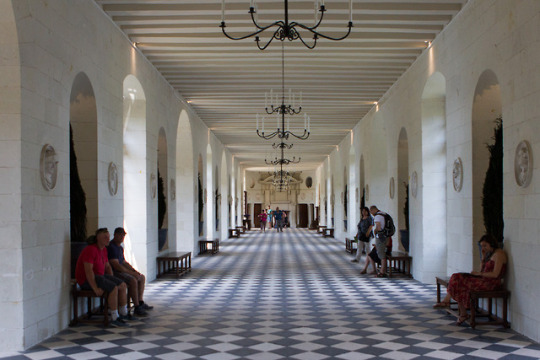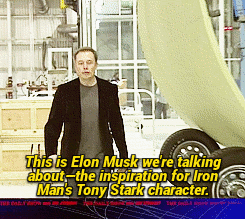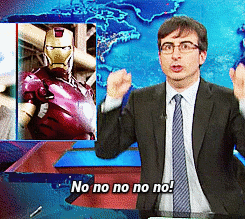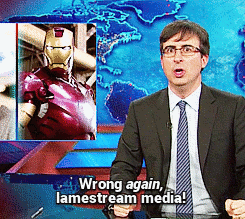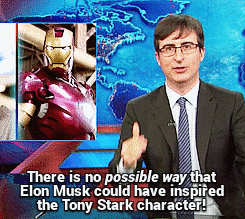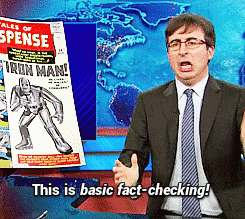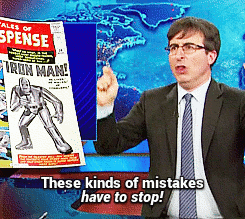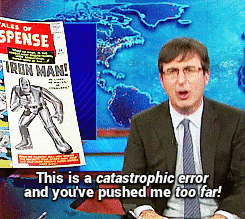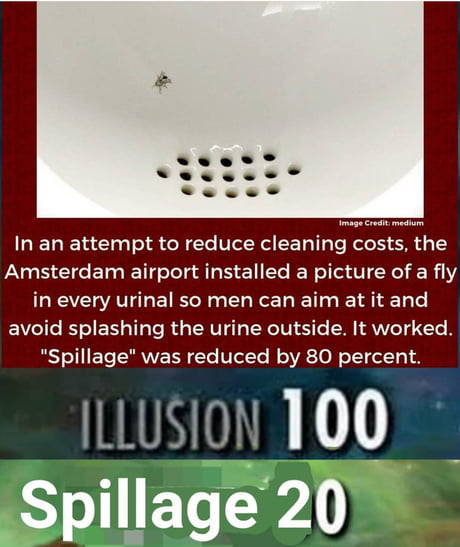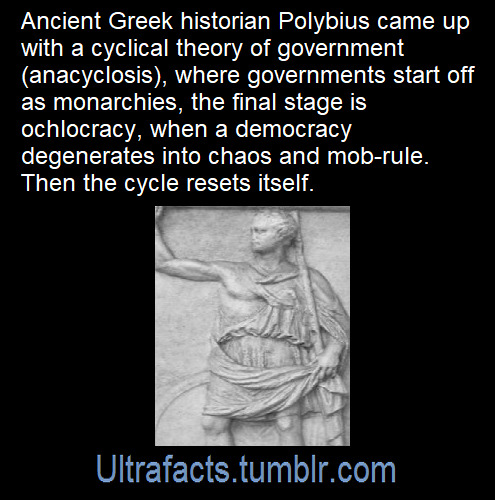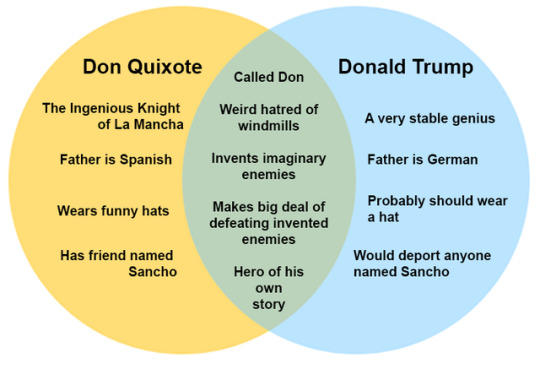Text
Honolulu: Pearl Harbor, Punchbowl
July 24, 2021
We were to meet our driver at 8am this morning for our day at Pearl Harbor and the Punchbowl. There was much confusion about what to pack, since Pearl Harbor doesn’t allow bags at all – except maybe a small clear sandwich bag. I brought my home made wristlet – made out of a clear sandwich bag and some duck tape. We all packed things in my little wristlet for the day.
We got down to the little sitting area next to the pull-through driveway and our group was congregated with our guide for the day, Olav. Olav told us that we didn’t actually have anywhere to be until 1:30pm, so we had some time to make sure that we all had what we needed. And also that he would be with us all day and we’d be in the same car all day. He also strongly recommended hats and water bottles. We made several trips back up to the room to grab things. We also learned that Olav is unvaccinated, doesn’t believe in COVID-19, and is a staunch Republican who believes in his “Constitutional rights.” He is also an incredible font of knowledge about Pearl Harbor, and only occasionally threw in some of his slanted views. There is no way I’m going to be able to capture, or remember, all the information he told us – it was a continuous stream of knowledge for about 8 hours.
Eventually, we had all of our stuff, and we walked to the 15-passenger van, parked on the street behind the hotel. After we got settled, Olav took off through the city to the Punchbowl. The Punchbowl is a volcanic crater in the hills surrounding Honolulu. The center is a bowl – the crater – and they punched a hole through one of the crater’s rims to allow entry into the bowl. Hence the name – Punchbowl. Inside the Punchbowl is a national cemetery. There’s a monument at the end of it, and on the steps up to the monument is where Hawai’i holds memorial services for Veteran’s Day and Dec. 7. We’re not allowed to get out inside the Punchbowl, but we can drive through. Lining the driveway in the Punchbowl are Banyan trees donated to the US from China. China was our ally during World War II, and we helped to defeat the Japanese who had invaded and were conquering China. There are 48 trees, which represent the 48 states at the time of World War II. They’re beautiful trees that have been groomed to prevent additional roots from taking root.
The area is quiet and calm, and beautiful. There are no traditional white headstones like in Arlington. Instead, the headstones are flat. They used to be white wooden crosses but were changed to flat stone headstones to respect other religions – and allow for easier maintenance.
From the Punchbowl, we drove to Pearl Harbor, and to the USS Missouri BB 63, which is now a museum. As we drove through the city, Olav pointed out a neighborhood that burned when a bomb went astray on Dec. 7, 1941. He also described in detail what happened on Dec. 7, 1941 – the day Pearl Harbor was attacked. We learned about the SS Cynthia Olson which was sank en route from the mainland and Honolulu by a Japanese submarine on the morning of Dec. 7, 1941. The passenger ship was carrying two soldiers to Honolulu but was a passenger ship. There’s a photo of the Cynthia Olson as it was sinking taken by a Japanese soldier on the submarine. The Cynthia Olson got a may day call out, and another passenger ship heard the call. That second passenger ship confiscated all the passenger’s binoculars and assigned watch duty to the passengers. When that ship landed, the USA government confiscated all of their radio records and logs. Olav believes the records were confiscated because they show the time of the Cynthia Olson’s may day call. If that call happened before the bombing at Pearl Harbor, but was ignored, it would look very bad for the US military command.
As we entered the Pearl Harbor base, we drove to a parking lot and Olav left us to get an officer who cam back and searched our van for bags. Once that was done, we drove over the bridge to Ford Island and the USS Missouri BB-63. BB-63 stands for Battle Boat 63 – the 63rd battleship the US built. This is necessary because there have been four USS Missouri’s. The current USS Missouri is a submarine that was also docked at Pearl Harbor today. Of course you can’t call it BS-63 (battleship 63) – so battle boat 63 it is. The BB-63 was the last battleship built in the world, the most powerful, and the last one to retire. It was launched during World War II, saw battle in the Battle of Okinawa, was where the Instrument of Surrender was signed by the Japanese to officially end World War II, served in the Korean War, was decommissioned in the 60s, then refitted in the 80s, saw duty in Desert Storm, before finally being retired in the early 90s, then being made into a museum. Its parked in Battleship Row – where all the Battleships were anchored on Dec. 7.
Olav told us a lot about how the Pacific Fleet came to be in Pearl Harbor on Dec. 7 – but then he seemed to contradict himself. The first story was that FDR ordered the Pacific Fleet to all be at Pearl Harbor as a “show of strength” to deter the Japanese. The Admiral of the Pacific Fleet thought this was stupid, because normally the Pacific Fleet rotated between several locations, and there was not enough of a supply chain, let alone docking berths, to allow the entire fleet to be in Pearl Harbor. He resisted, basically told FDR he was dumb, and lost his job. He had worked on the supply line, though, and worked on the docking situation too – which is how Battleship Row came to be.
As he told this story, I gathered that the next Admiral did as FDR wished and assembled the entire Pacific Fleet in Pearl Harbor. Olav made a point to say that FDR ignored the military advisors, and his Admiral, and all their knowledge to demand the fleet be in Pearl Harbor. Later, he told us that every year, the Admiral of the Pacific Fleet was required to inspect the fleet in Pearl Harbor. This always occurred on the Monday after the first Sunday in December. In 1941, that was Dec. 8. The Fleet was required to report to Pearl Harbor 24 -48 hours in advance of the inspection. Which then means that the fleet was assembled in Pearl Harbor on Dec. 7 in preparation for the inspection on Dec. 8 – which doesn’t seem to have a lot to do with FDR.
The deck of the Mighty Mo is covered in teak, which they did to preserve the steel deck, to lower the temperature inside the boat, and to provide a natural nonslip surface. The teak on the deck has been replaced three times, all using different processes. One time they messed up trying to save money by putting 1 inch of Douglas Fir below 1 inch of team (instead of 2 inches of teak) – not realizing that Douglas Fir rots faster than teak.
During WWII, the Missouri was attacked by a Kamikaze, which was captured perfectly on camera. We saw the place where the Kamikaze’s wing impacted with the Missouri. We also saw footprints on the deck where our personnel stood as they buried the Kamikaze pilot at sea as directed by the Missouri’s captain.
We toured the inside of the ship, which was interesting. They had several displays with stuff from the Missouri, the history of the Missouri, remnants from the Kamikaze attack, etc. We walked through the galley, the kitchens, the offices – including the dental office – the food lines, including the donut shop, the fast food line, and the Truman line, so called because the Truman family visited and used that food line. There were crew quarters everywhere – berths stacked 3 high, and each sailor’s locker. The kitchens were crazy – the appliances were huge, and they had everything you could want! Well, all the kitchen toys you could want. The Missouri was the first ship to have a network of interconnected computers which they called MO-Net. This was all before the internet was created. The inside of the Missouri was extensive – it seemed to go on and on. We saw throughout the ship ammunition chutes. And a couple of places that would be vulnerable to armor piercing rounds which can pierce through 16” of steel – so these areas were outfitted with 17” think steel. The guns on the ship were huge and could take out a target 25 miles away. The guns had to be fired over the water, because the rounds were fired at twice the speed of sound, and the concussion would tear the ship apart if the guns were fired over the ship. Missouri, the state, was responsible for providing the fancy silverware and place settings – which is interesting. There was a great map that showed where all of the different USS Missouris served. We saw the Chief’s lounge, and the Captain’s lounge, which was also used as a war room, and the tables can be used as operating tables in a pinch. It was a great insight into what the ship would have looked like while it was in service.
When we were finished touring the inside of the boat, we went to the deck, and then to the Quarter Deck. On the Mighty Mo, the Quarter Deck has been renamed the Surrender Deck, because it was where the Japanese surrendered to the Allied Forces to end World War II. Olav told a story about how MacArthur stepped out of the navigation bridge to walk down to the Quarter Deck but noticed that the Japanese contingent hadn’t arrived yet. So he went back inside, saying, “I’m not going to wait for them. They will wait for me.” He also told us that the British brought a fancy table they wanted to use for the signing, but the papers they were signing were too large to fit on the table. The Missouri’s Captain ordered a seaman to grab a folding table from the ship, and they used that. One of the Japanese had a false leg, and as he was coming up to sign the papers, he stumbled and hit one of the legs of the folding table. The crew, who knew it was a folding table, held their breath for the rest of the ceremony – hoping that the table didn’t collapse. (It didn’t.)
On the Surrender Deck, there is a plaque where the table was and the documents were signed. There’s also a display with replicas of the documents. On the replicas, you can see that the Canadian representative signed on the wrong line on the first document. There’s a picture of someone making sure that he signed on the correct line on the second copy!
They’ve positioned the Missouri so that the bow of the battleship points to the bow of the USS Arizona. The ship that started the US involvement in WWII and the ship where WWII ended pointing to each other.
We finished on the Missouri, went to the gift shop, got some Dole Whip, and then drove to the Pearl Harbor Memorial area for lunch. Lunch was at a permanent food truck outside, and was decent, although Meg and Marie didn’t like their nachos or hot dog. After lunch, we went to watch a 20-minute movie about the attack on Pearl Harbor, before making our way to the ferry to the USS Arizona Memorial.
Olav detailed how the attack happened but of course I’m not going to remember everything. There were three waves of attacks – the dive bombers, the torpedoes, and the other type of bombers. Eek. They came from different directions, and in two separate waves. There were about… or over?... 300 planes in total. The battle lasted for 2 hours. Most all of the ships that were sunk were eventually retrieved and put back into service, except for the Arizona, the Oklahoma, and the Utah. The Japanese adjusted bombs? Or torpedoes? With an additional fin that allowed them to fun in the shallow waters of Pearl Harbor and hit Battleship row. I think Olav also indicated that the aerial bombers were not the ones that caused the most damage, generally – it was the torpedoes.
The ride out to the memorial was quick – the warnings about not misbehaving on an active Navy boat were almost as long as the ride itself. Once the ferry docks, we disembarked, and headed back to the back room. The memorial itself is a white concrete building. The architect was a survivor of the Nazi concentration camps and wanted to build the memorial to remember the lives that were spent to save and free so many across the world, including in the concentration camps. The structure is a loose U-shape. The low point in the middle represents initial defeat at Pearl Harbor. The inclines on either side represent the slow climb to victory in Europe and the slow climb to victory in the Pacific. There are seven cut outs along either side and the top, which were for structural integrity, but have later been said to represent a 21-gun salute. The structure is situated across the middle of the sunken USS Arizona – the ship heaviest hit by the attack on Dec. 7. 1,177 seamen were lost with the Arizona and never recovered. Another 41 of the survivors, or relatives of those lost, have chosen to be interred in the Arizona.
As soon as I set foot on the dock, I smelled the oil or gasoline from the wreck. You could see it on the water, too. There is oil still leaking from the ship and will continue to leak for decades more. There were a lot of people at the memorial, but it was mostly quiet, as is fitting. We walked right back to the room where the names of those buried here are displayed. It’s made of the same marble as the headstones in Arlington. The room is beautiful but somber.
Just outside of that room is a hole in the floor of the structure that is situated over a part of the ship. I didn’t see much there. Outside, on either end of the structure, there are two white buoys that represent where the bow and the stern of the ship are. There are also pieces of the ship, like the gun turrets, and the flag staff, that are still sticking out above the water. It was a moving experience.
After the ferry back to the main site, we went and toured the USS Bowfin – a retired submarine that is only 27’ in circumference. It was tiny, and holy cow does it seem miserable to have served on it. They call it the Silent Service – the work of the submarines. The Bowfin was launched on Dec. 7, 1942, and was therefore nicknamed The Pearl Harbor Avenger. The kitchen was tiny, and only had minimal toys. Olav tells us that the food was cooked on the mainland, frozen, and placed in the submarine’s freezers.
The worst thing was hot bunking. There were only 36 bunks on board the submarine, but about 86 sailors on board. So they rotated beds – multiple people shared a bed. With the temperatures on the submarine running in the 90s or 100s, the beds were wet with the other guy’s sweat. Yuck.
The doorways between the areas of the ship were so small and short too! It was a workout to squat and contort myself through the doorways.
After the Bowfin, we drove back to the city Olav was kind enough to drive us to Costco. This Costco is the busiest on in America. I didn’t go in, but the parking lot was crazy! Anne, Aimee, and Marie went in to get food for the next few days, and they did a great job! Then, it was back to the hotel, and our time with Olav was over. He is a knowledgeable, talkative tour guide to be sure!
Back in the room, some of us split up for naps and downtime until dinner at 6:30. Rileys, Drew, and Todd stayed at our place to watch the Olympics and drink the 5th of rum we bought the night before. Todd made us a whole series of frozen drinks that were great, and did the job! We had a raucous good time watching Men’s Street Skateboarding, where the athletes wiped out more than they landed tricks. It was brutal!
We had tacos for dinner, and continued watching the Olympics, and the activity on the ocean. From our view from the living room and our balcony, we can see all the hundreds of surfers always hanging out on the water, and the couple that actually make surfing runs. There’s a lot of boat traffic, including a lot of boats that go out to watch the sunset. There’s also a surprising number of large cargo ships that travel pretty close to this beach. It was a great time tonight!
25 notes
·
View notes
Text
Welcome to Australia! Where a fast food restaurant literally made a mirrored reflective sea-gull proof packet for their fries so they don’t god damn try to fly down and steal your fries.
301K notes
·
View notes
Text
I hope Avengers sometimes go to Strange like “I need your help” and he’s like “What’s wrong? Skrulls? Hydra?” and they’re like “I’m congested and it hurts when I swallow.”
219K notes
·
View notes
Text
we’re almost in the ‘20s and dadaism is thriving, europe’s in a shambles, everyone is broke and the right wing is on the rise so i guess we really don’t learn a goddamn thing huh
378K notes
·
View notes
Text
Sorry for being an ignorant American but uh. Has brexit happened yet
54K notes
·
View notes
